
A vintage car in a special museum in Moscow. Photo: Elena Teslova/AA
The Special Garage Museum in Moscow, run by the Russian Federal Protective Service, is home to historic cars, from the Tsarist era to modern Aurus limousines, reflecting the evolution of Russian power and technology.
According to the Anadolu news agency (Türkiye), cars are not only a means of transportation, but also a symbol of status, wealth and identity. For Russian leaders, official cars have a greater meaning: a symbol of national pride, technological power and absolute safety. The Special Garage Museum in Moscow, managed by the Russian Federal Protective Service (FSO), is the place to preserve and tell the story of these powerful cars.

Vintage Rolls-Royce in the museum. Photo: Elena Teslova/AA
Founded in 2021, this unique museum traces the evolution of Russian state vehicles, from the Russian Empire to the modern Russian Federation. Each vehicle on display, from classic Delaunay-Bellevilles to luxurious Aurus limousines, is a living witness to history.
Museum curator Yekaterina Ostapenko said that the first cars appeared in Russia under Tsar Alexander III. However, this conservative monarch remained loyal to the traditional horse-drawn carriage. His successor, Nicholas II, was a fan of modern technology. "By 1917, Nicholas II's garage had 56 cars of various types, more than any other head of state in the world at that time," said Ms. Ostapenko.

Another classic car in a special museum in Moscow. Photo: Elena Teslova/AA
The early Soviet period and the rise of the domestic auto industry
The Russian Revolution and the Bolsheviks' seizure of power led to the dispersal and destruction of much of the royal car collection. However, a number of historic cars were recovered by the FSO for museum use, including rare models such as the Delaunay-Belleville C4 40/45 CV and the Delaunay-Belleville SMT 70 CV. "SMT stands for 'Sa Majeste le Tsar' – 'The Tsar'," Ms. Ostapenko explained.
Vladimir Lenin, leader of the Bolshevik Party, favored Rolls-Royces, which were considered the most reliable cars. Joseph Stalin, Lenin's successor, initially used American Packard limousines. However, he believed that reliance on foreign luxury cars was unsuitable for a powerful country like Russia.

Mercedes-Benz car. Photo: Elena Teslova/AA
Stalin ordered the development of the ZiS limousine. Despite its impressive design, the ZiS lacked the technical sophistication of Western models. Nikita Khrushchev, Stalin's successor, demanded the creation of a car that could compete with the West. He was also the first Soviet leader to refuse to use armored vehicles, demonstrating his closeness to the people.
Since the Khrushchev era, Soviet leaders have used domestically produced ZiL limousines. Over time, these vehicles have evolved to rival, or even surpass, their Western counterparts.

Aurus Merlon escort vehicle. Photo: Elena Teslova/AA
Aurus: New symbol of Russian auto industry
However, the collapse of the Soviet Union caused the Russian auto industry to decline. Boris Yeltsin, Russia's first post-Soviet president, ordered armored Mercedes-Benz limousines from Germany.
When President Vladimir Putin came to power, he set out to create a modern Russian luxury car. The project, called Aurus, took nearly two decades to complete. Aurus, a combination of “aurum” (gold in Latin) and “Rus” (Rus), symbolizes the rise of the Russian auto industry.
Aurus currently offers a range of models, including limousines, sedans, utility vehicles and minibuses. In 2024, the range will be expanded with the Aurus Merlon, a ceremonial/escort vehicle.
Aurus is the “crown jewel” of the Special Garage Museum, with the limousine that President Putin rode in at his inauguration as the centerpiece, Ms. Ostapenko said. The cars of Russian presidents and senior officials not only reflect personal preferences, but also national priorities and political messages, showing the intersection of power, culture and Moscow’s image on the international stage.
Vu Thanh/News and Ethnic Newspaper
Source: https://baotanglichsu.vn/vi/Articles/3092/75426/ben-trong-bao-tang-xe-hoi-cua-tong-thong-nga.html


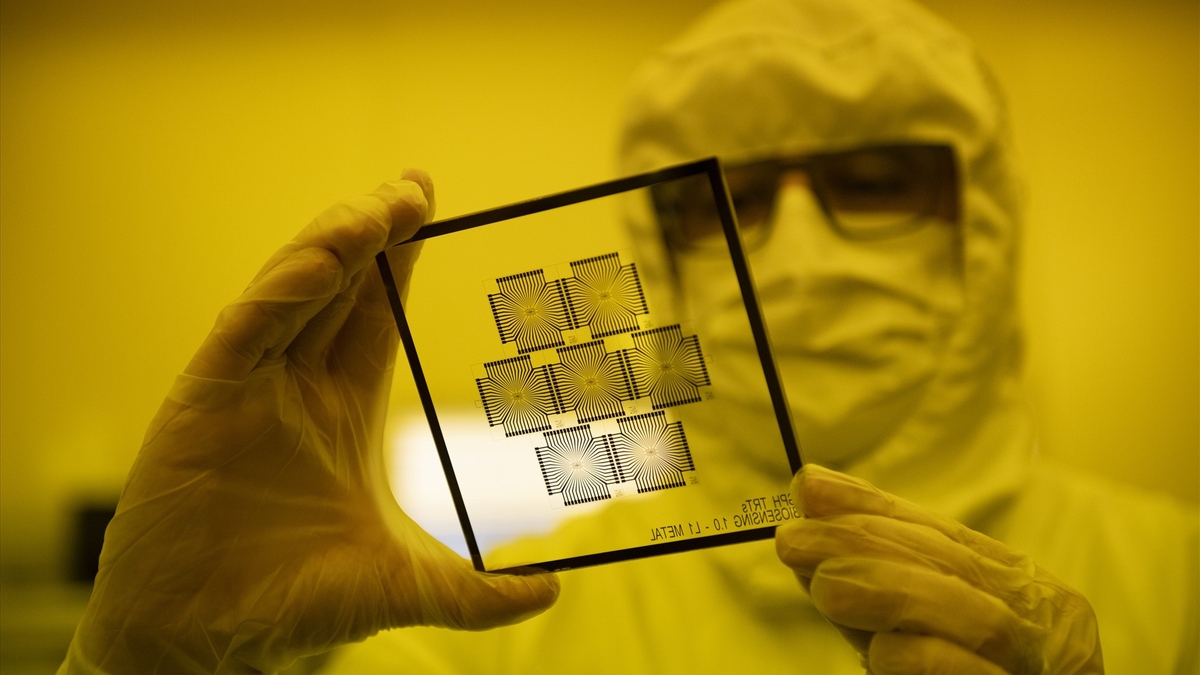




![[Photo] Da Nang: Hundreds of people join hands to clean up a vital tourist route after storm No. 13](https://vphoto.vietnam.vn/thumb/1200x675/vietnam/resource/IMAGE/2025/11/07/1762491638903_image-3-1353-jpg.webp)
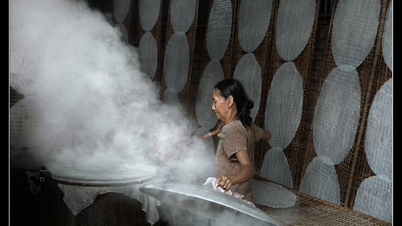
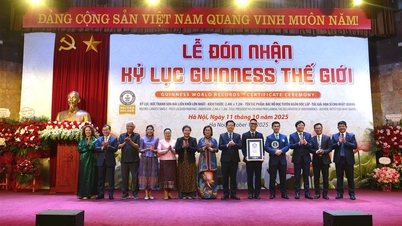
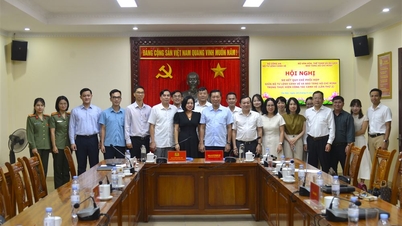
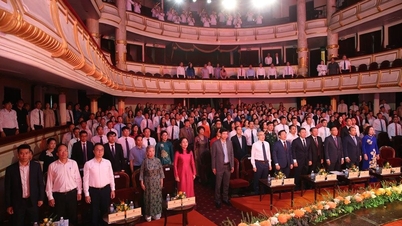






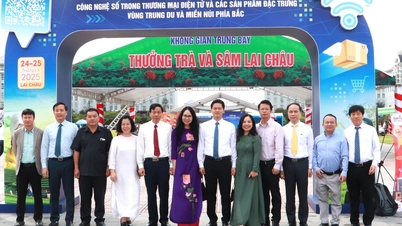



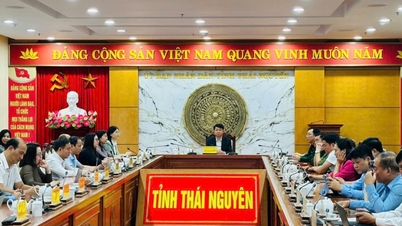
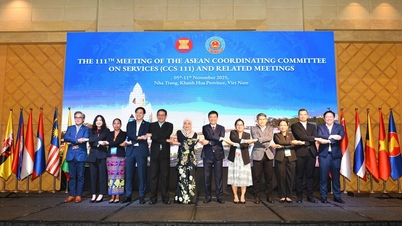



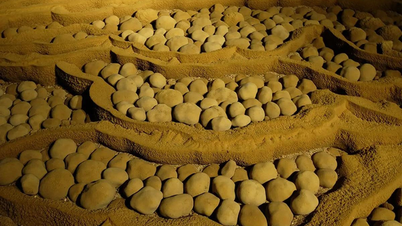






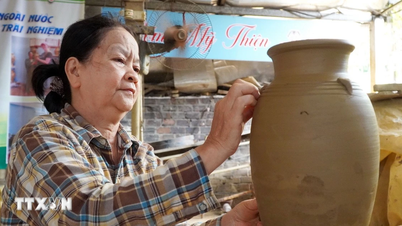

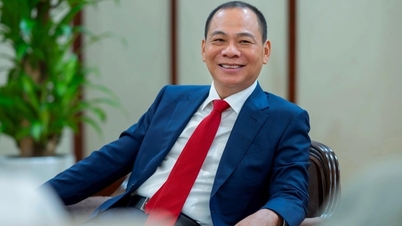

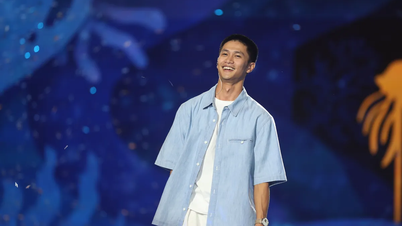

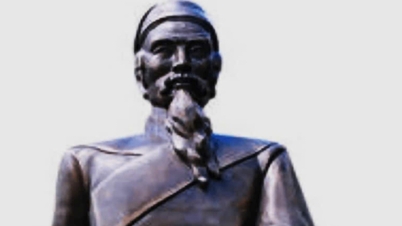

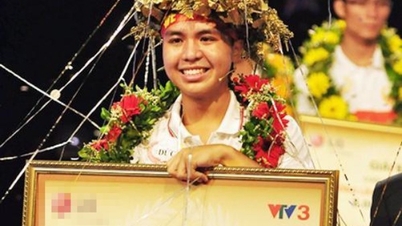



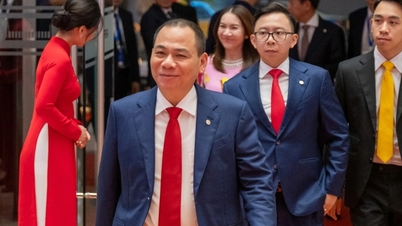




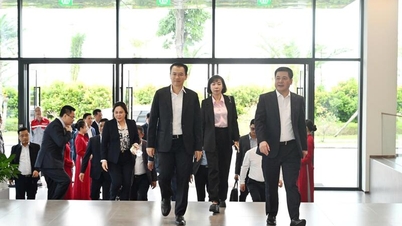
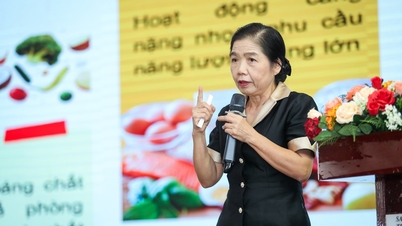
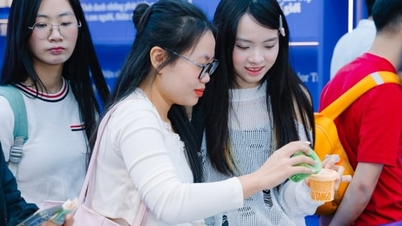






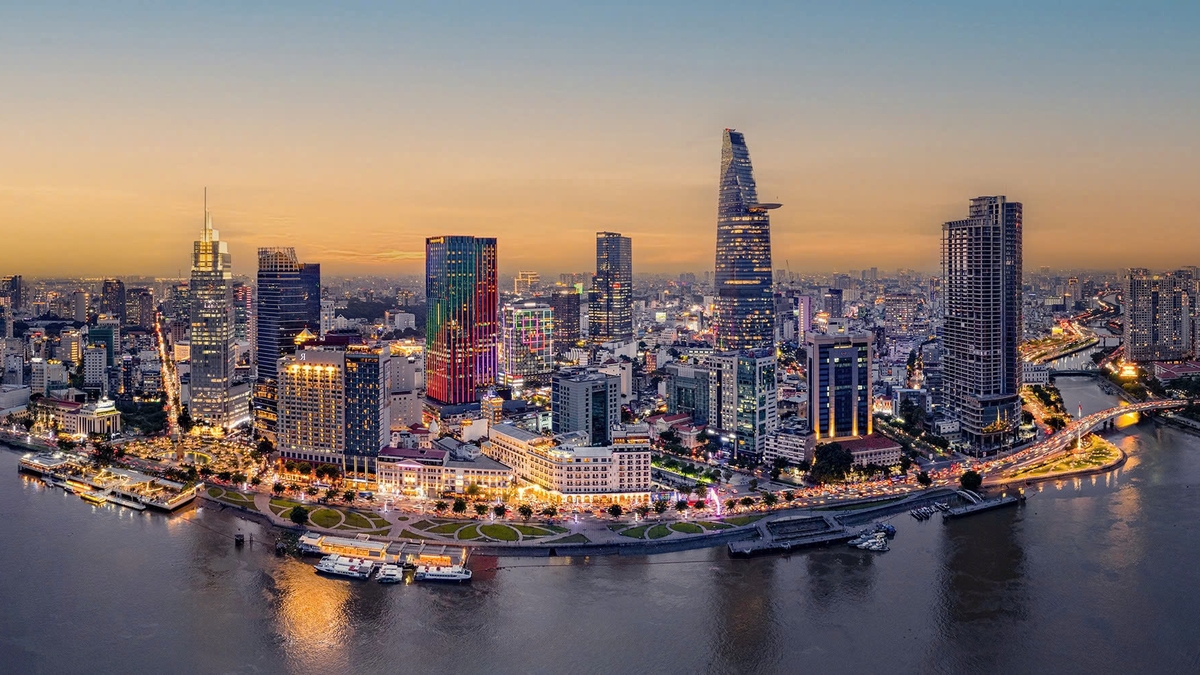





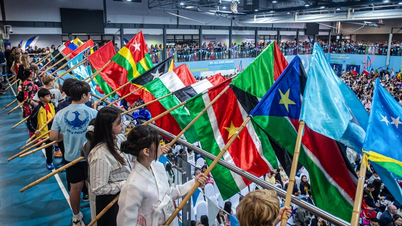

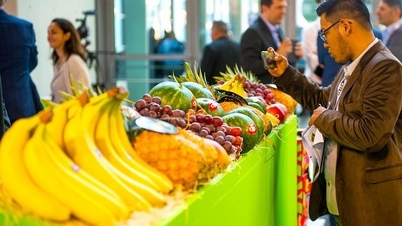


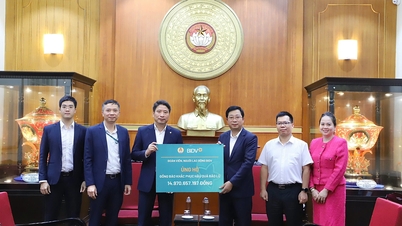

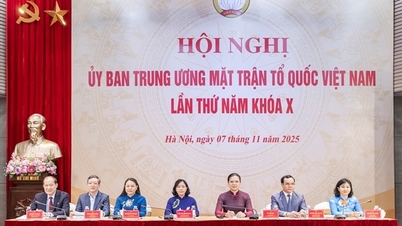
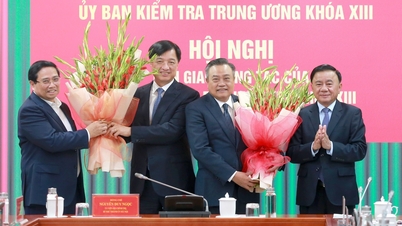
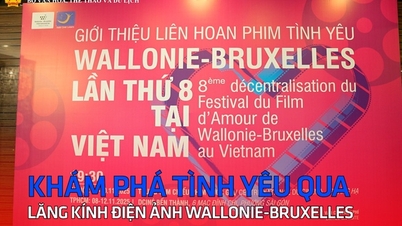

























Comment (0)